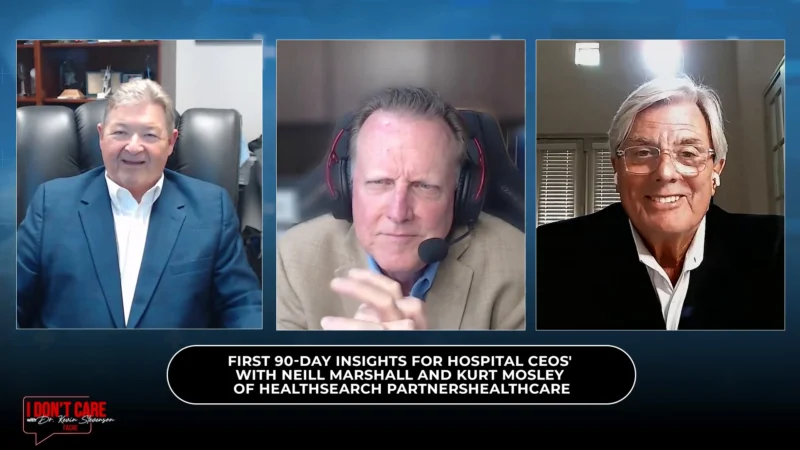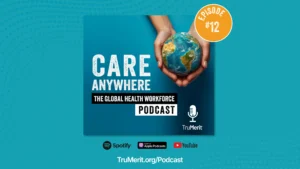Achieving Health Equity in Healthcare Requires Investment, Data, and Better Educational Tools
Achieving health equity has been a long-term challenge for the healthcare industry and a topic that has received more national and global attention since the COVID-19 pandemic. Marginalized communities in particular face deep disparities when trying to access healthcare and in their health outcomes. According to the Harvard Business Review, when compared to their white counterparts:
- Black persons are 30 percent more likely to die from heart disease
- Hispanic women are 30 percent more likely to die from cervical cancer, and
- Native American and Alaska Natives infant mortality is 60 percent higher.
COVID-19 exposed the longstanding social determinants of health such as class, race, and education level. Data from the Harvard School of Public Health, for example, showed that more Black persons in the USA were dying from COVID-19 than whites, even though they make a smaller percentage of the population.
Healthcare inequities were exacerbated by the pandemic. Now there is an increased urgency to invest in health equity, and to track and address social determinants of health. Stacey Caywood, CEO of Wolters Kluwer Health, discusses the three steps her organization is taking to address the ongoing challenge of achieving health equity.
Stacey’s Thoughts
“At Wolters Kluwer, this is in our DNA: To deliver the best care everywhere. We’re focusing our efforts in three key areas. First, we have a US and global donation program, working with partners like Ariadne Labs to provide more access to the best evidence no matter where you live. Second, we know you can’t fix health equity if you can’t find it, and you need health data to do that. Our health language team is mapping that disparate data to make sense of it, to help populations that are most at risk. Lastly, delivering the best care everywhere starts at the core content and tools that clinicians are using every day. This means reducing unconscious bias in those resources that can negatively impact patient care decisions. This also applies to supporting the training and the delivery that’s needed, so that everyone has access to the best care, one improved decision at a time.”
Article written by Angela Thoma.








